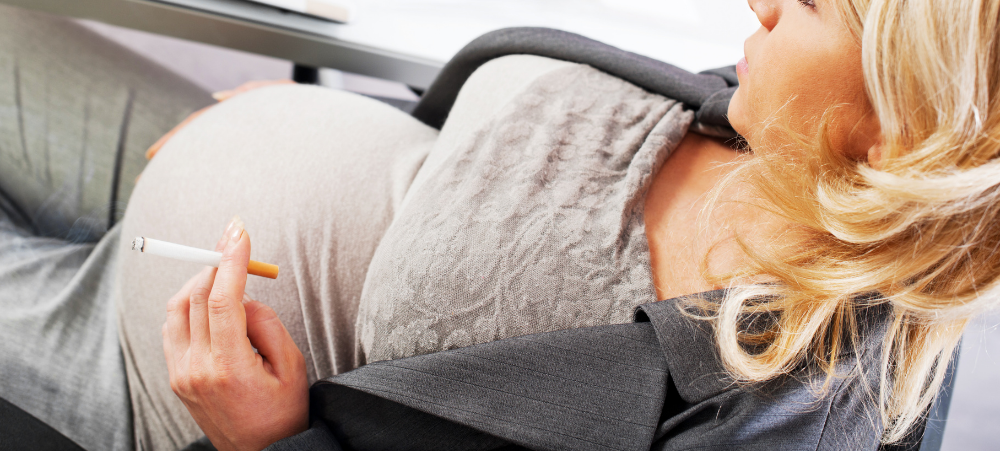A change in season also brings a change in the pollen types that are in the air and these trigger headaches directly or cause hay-fever with headaches. Sinus congestion and pressure is a secondary condition, which has also been known to trigger headaches.
Dr Elliot Shevel, Medical Director of The Headache Clinic, and South Africa’s internationally recognized Migraine expert and pioneer in the field of Migraine Surgery, explains “Usually hay fever is associated with spring, when airborne pollens from grasses are at their peak. October and November are peak allergy months in Cape Town, and with the Western Cape now consistently recording pollen counts of over 30 – considered extremely high – allergic people should be sure to seek help soon because there is still a long time to go.”
Hay fever headaches cause a dull, deep, throbbing pain. Some of the symptoms of hay fever headaches are pressure like pain in one specific area of your face or head (for example, behind your eyes), face is tender to the touch, pain is worse with sudden movements of the head and bending forward and worse pain in the morning (because mucus has been collecting and draining all night). They are caused by an inflammation in your sinuses (air-filled cavities around your nose, eyes, and cheeks). Headaches often begin as soon as you get up in the morning, and may be better by the afternoon.
Dr Shevel suggests the following to prevent or limit hay fever headaches:
- When the body comes in contact with an allergen, histamine and a number of other inflammatory chemicals are released as part of the body’s allergic reaction. Antihistamines work by blocking the effects of histamines, thereby reducing the symptoms of hay fever. Regular use of antihistamines throughout the pollen season is effective especially if treatment is commenced early in the season.
- Steroid sprays are used in more severe cases. They deliver a low dose of steroid powder through the nasal passages to control the inflammation in your nose and to help hay fever symptoms.
- Decongestants when used topically for short periods (less than 7 days) are effective in reducing nasal blockage and help penetration of topical steroid nasal sprays.
- Cortisone injections tend to be prescribed only in more severe cases where the hay fever symptoms are not controlled with other over-the-counter medications. They can’t be repeated frequently due to the possible side effects.
- Take note of the pollen count forecast on television or in the newspaper. Try to stay indoors if it’s a high count or on windy days after thunderstorms.
- Choose plants that are pollinated by birds or insects in your garden, rather than plants that release their seeds into the air.
- Smear petroleum jelly (like Vaseline) inside your nose to stop the pollen from touching the lining of your nose.
- A simple saline (salt water) nasal douche is effective. Saline and sea water nasal sprays help flush pollen grains off the nasal mucosal and improve nasal patency.
- Splash your eyes often with cold water to flush out any pollen.
When it is more than just a headache triggered by hay fever!
If your headache persists after you have your hay fever under control, it is imperative that you undergo a multidisciplinary investigation to diagnose the specific factors behind the recurring headache. For those patients who want to have healthier alternatives to medication, there are a number of various breakthrough treatment options. These include minimally invasive arterial surgery and posture modifying technologies. In most cases it is possible to get to the bottom of the problem and resolve the pain permanently.
He has been instrumental in advancing classification, diagnosis and most importantly treatment of the underlying causes of migraine, cluster, hemiplegic migraine, tension-type, and many other kinds of primary headache.
- Children’s Nightmares and Snoring Can Lead to Headaches - April 14, 2022
- Pregnancy and Migraine - February 26, 2019
- Understanding Migraine Triggers - February 21, 2019





